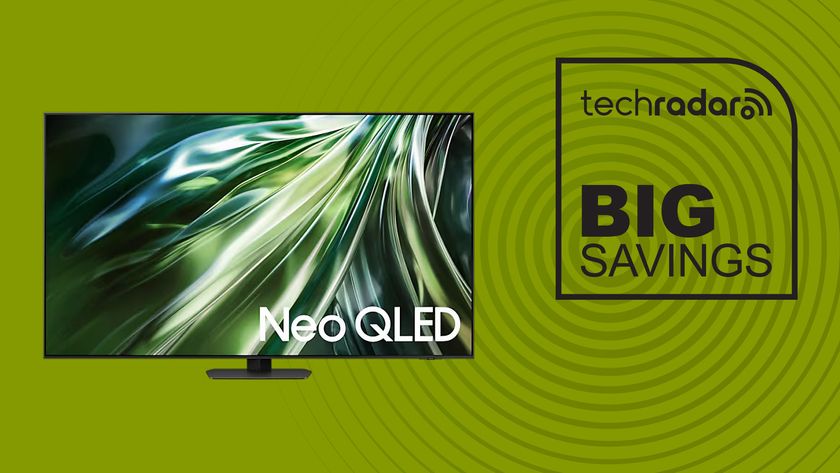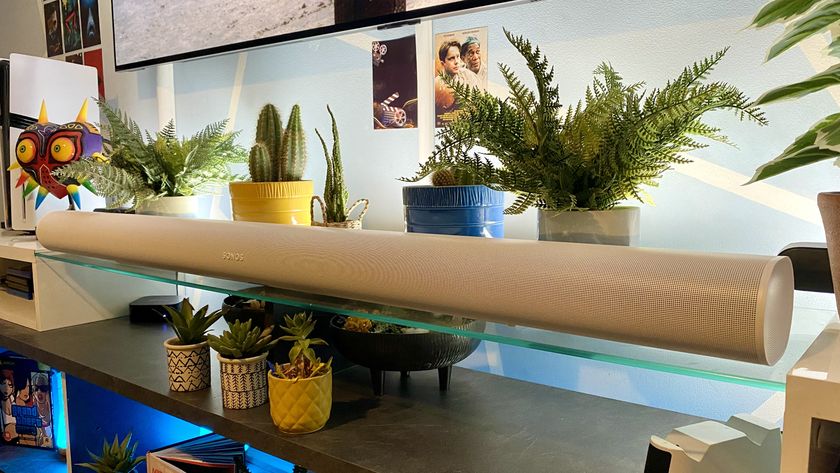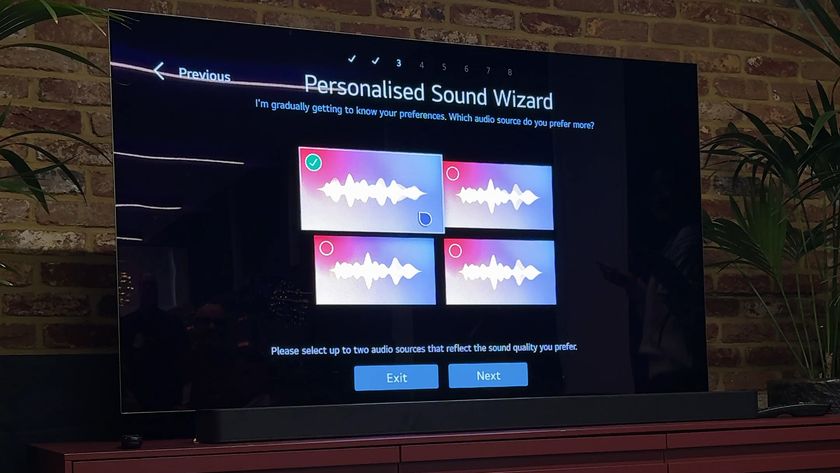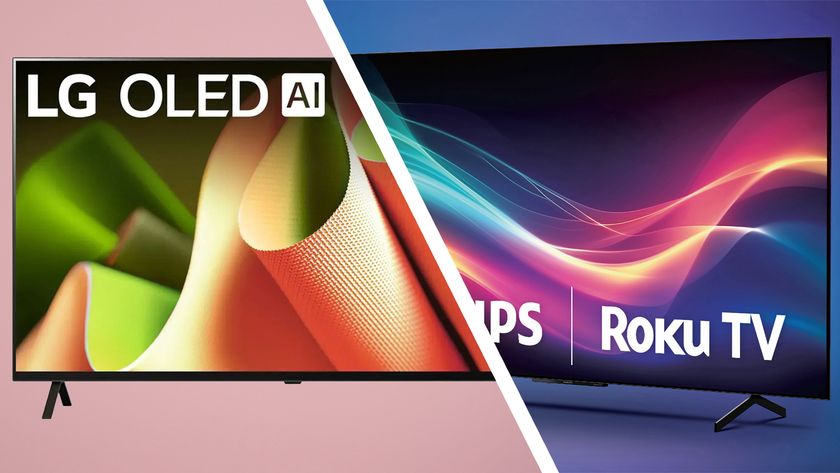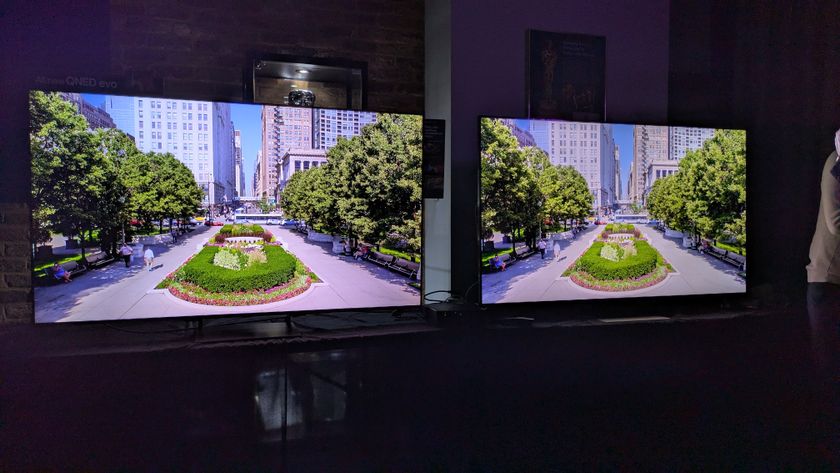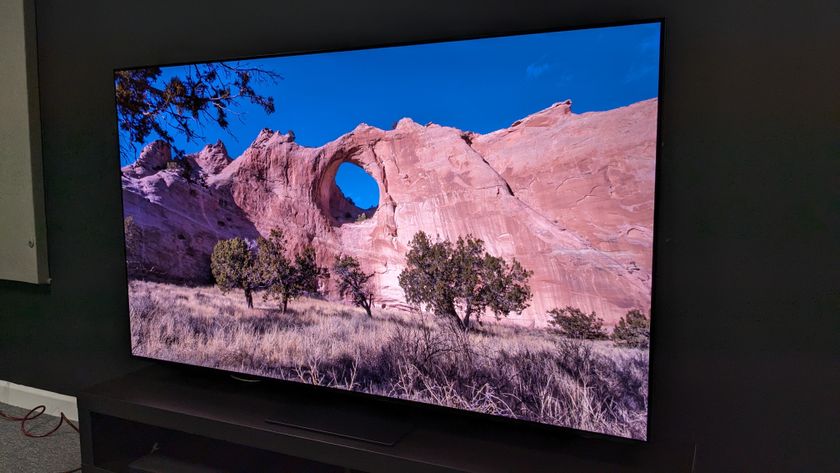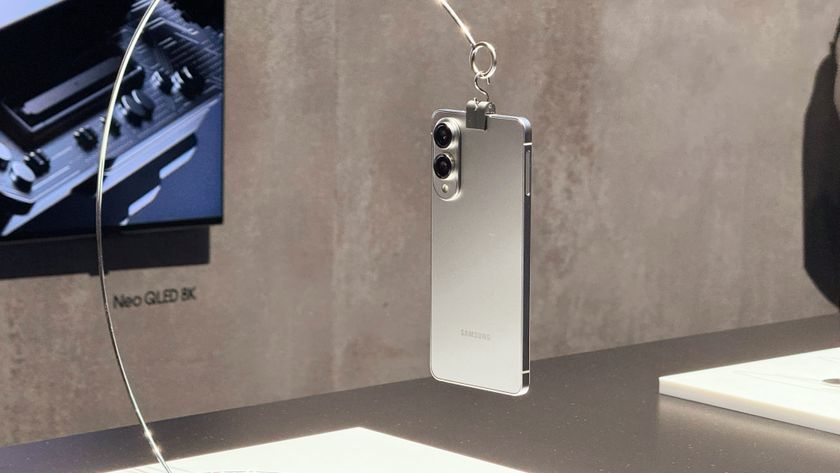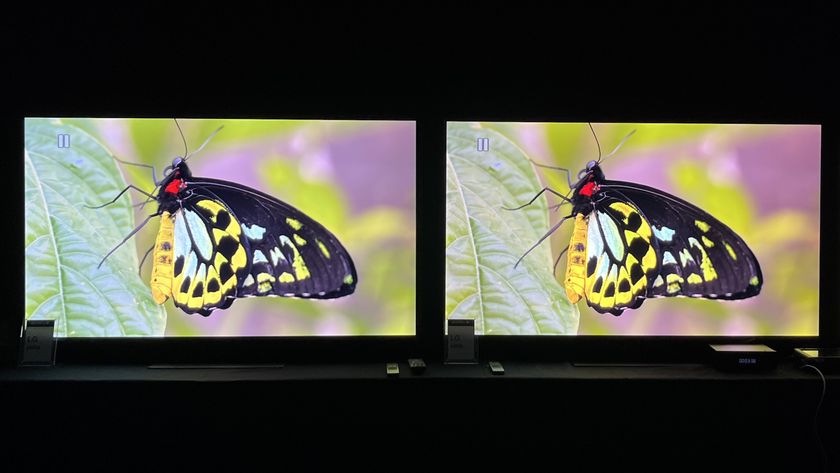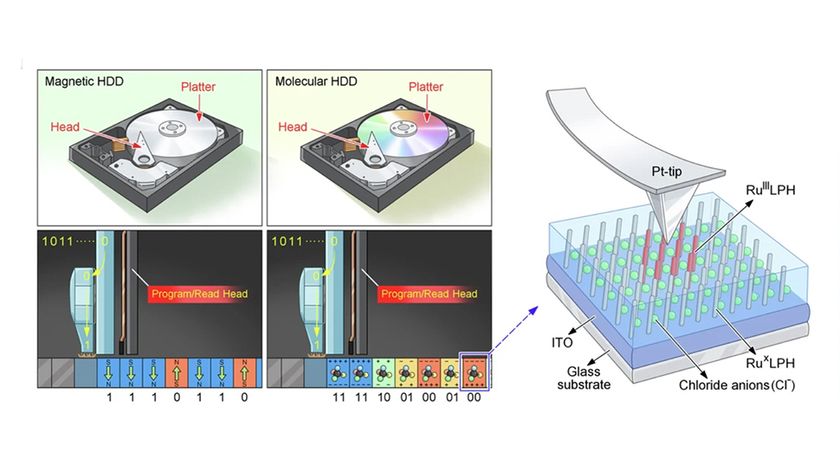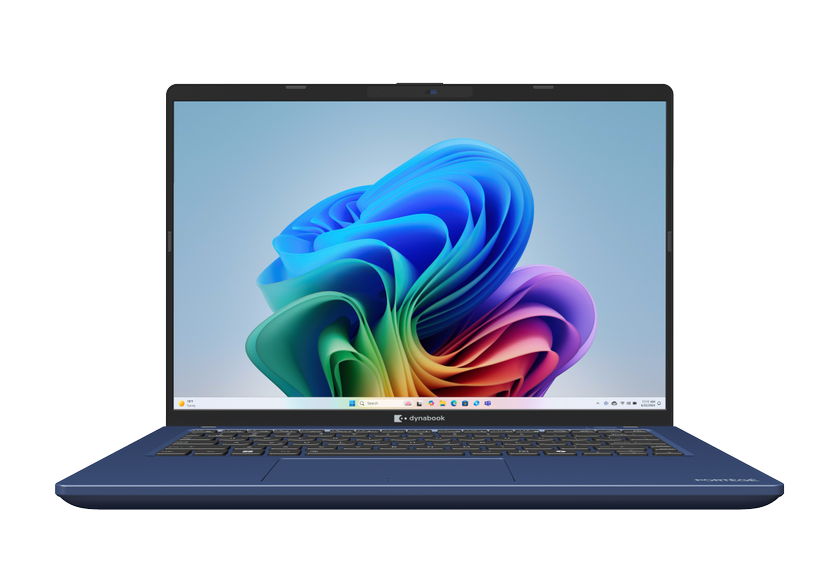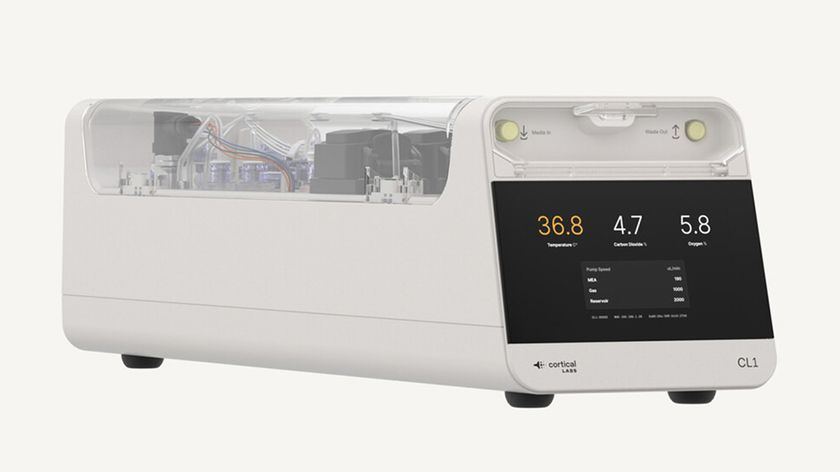LG's 163-inch MicroLED TV could be an OLED-beater in the making
The LG MAGNIT is here

LG has unveiled a new super-sized MicroLED screen, the LG MAGNIT, and it might just find a place in your home cinema.
The LG MAGNIT has a 163-inch screen, and seems largely designed for retail signage – the kind you'll see in flagship stores or at big tech expos – but with a secondary usage in a home cinema for buyers who can (presumably) part with the same amount of cash as a moderately-sized business.
As a MicroLED display, it offers the self-emissive advantages of OLED without OLED materials, meaning it sidesteps issues of image retention (burn-in) for screens left on for hours and hours at a time.
Sure, 4K may not seem as crisp on such a large screen, but there's no denying the potential impact when moving a signage solution like this into someone's living room. And it certainly seems like LG its sights trained on home cinemas, too – with the excellent webOS smart TV platform and state-of-the-art a9 processor used in the latest LG OLED TVs, such as the LG CX and LG Gallery Series.
- MicroLED vs OLED: the battle of the high-end display tech
- What is OLED? The TV panel tech explained
- What are the best OLED TVs?
A press release for the announcement states that, "The versatile LG MAGNIT is ideal for luxury consumers seeking a premium, large-scale display for the home with 163 inches of 4K resolution for enjoying favorite movies, series and sports.
"Featuring LG’s webOS smart signage platform for intuitive navigation and control of the many useful functions, including features and presets, LG MAGNIT’s superb picture quality is boosted by an AI-powered α (Alpha) image processor found in state-of-the-art LG TVs that intelligently analyzes content and source and automatically optimizes visual output in real-time."
MicroLED: a screen solution with its own problems
MicroLED has a lot of potential, which is clear from efforts by both Samsung and LG to commercialize the technology. A self-emissive panel that doesn't suffer from low brightness – as with OLED – is the golden egg that TV brands will be chasing for the next few years, whether it's MicroLED, OLED, or QD-OLED that actually ends up being able to solve this problem and manufacture it at scale.
Get daily insight, inspiration and deals in your inbox
Sign up for breaking news, reviews, opinion, top tech deals, and more.
Let's not forget, either, that MicroLED screens are modular, meaning they're assembled out of smaller screen units into a larger whole, whatever size and shape is needed. This isn't overly useful for regular TV watchers, though, who will mostly be watching 16:9 content – and won't want to reassemble their television for a boxset of episodes filmed in 4:3.
The high price of MicroLED manufacture is also going to prevent the technology rolling out to the mass market for a while yet. We don't have a firm price tag from LG at the moment – though we're trying to find out – but it's sure to be out of reach of all but the most privileged viewers, making widespread adoption impossible for now.
For now, then, keep an eye out for MicroLED screens out in the retail wild – and start saving up for one of your own in 2030.
- Next-gen TVs: OLED, MicroLED and holographic TVs of the future
Henry is a freelance technology journalist, and former News & Features Editor for TechRadar, where he specialized in home entertainment gadgets such as TVs, projectors, soundbars, and smart speakers. Other bylines include Edge, T3, iMore, GamesRadar, NBC News, Healthline, and The Times.
